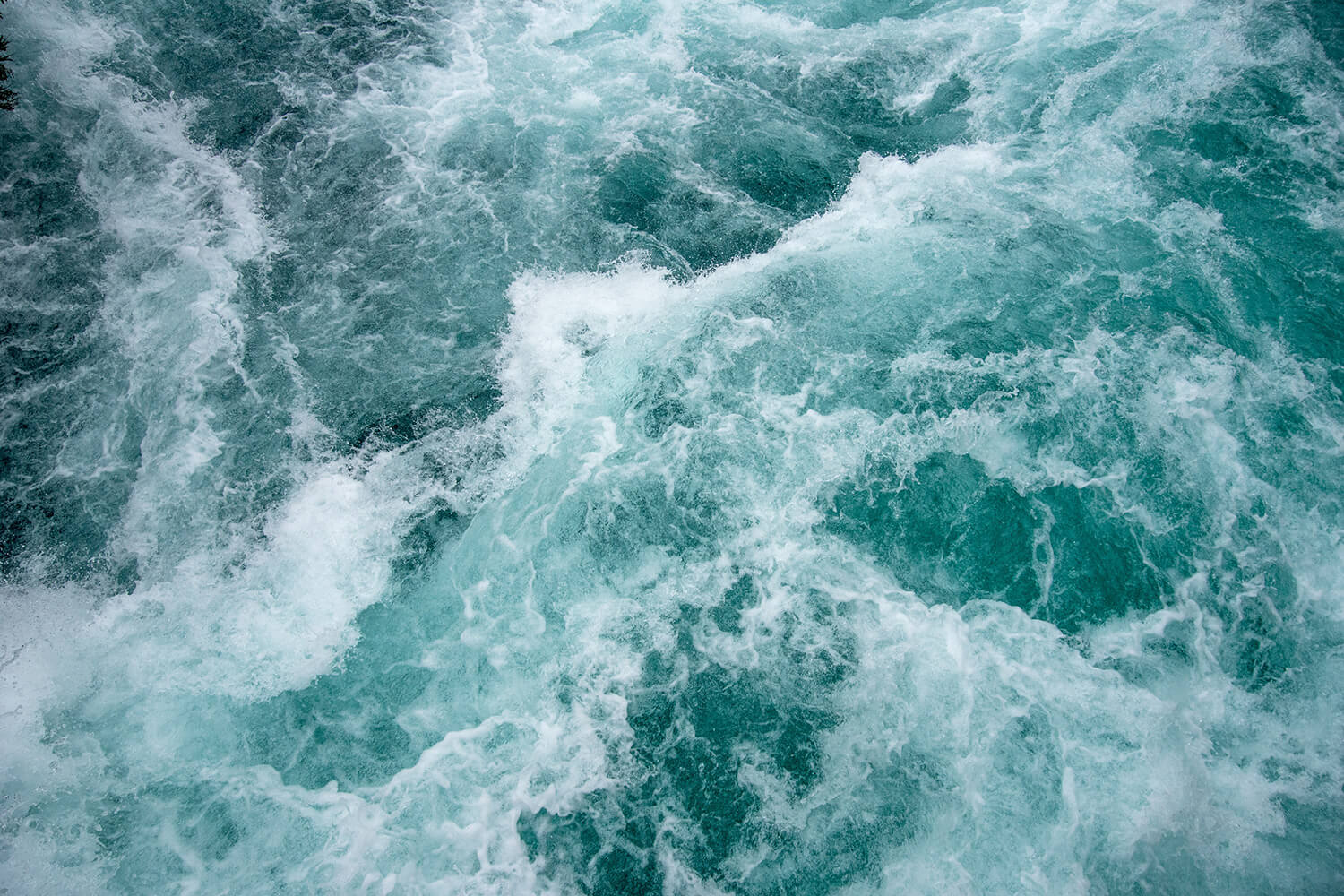The Waipā catchment is a significant contributor to the sediment and nutrient load of the Waikato and Waipā River catchments. Waikato River Authority and Waikato Regional Council catalysed and funded a feasibility study to investigate whether impact investing could enable accelerated land use and/or land cover change to achieve multiple environmental and social benefits, whilst delivering a positive financial return. The project built on the environmental enhancement projects that have been identified and prioritised through the Waikato River and Waipā River Restoration Strategy and the priorities identified in the Waipā Catchment Plan and Healthy Rivers Plan Change.
Traditional solutions to mitigate and improve ecosystem services on productive land (including soil conservation, biodiversity or water quality) are likely to be more cost-effective when land use, land capability and topography are aligned, when efforts are of sufficient scale, and / or when works incorporate the valuation of ecosystem services. A faster rate for improvement of water quality and overall environmental performance is required in the face of climate change and continuing loss of biodiversity – which have a negative impact on services provided by ecosystems such as erosion control or water purification and therefore exacerbating the overall degradation.
A fundamental assumption of the work is that if land was to be acquired, or land use changed through impact investment, that it would be on a ‘willing buyer – willing seller’ basis. Landowners would not have to be involved if they were not supportive, and no actual properties have been identified through the feasibility study.
The project provided the foundation for due diligence for impact investment and enhances the capabilities and collaboration of policy makers, conservation-oriented organisations (including foundations and NGOs), business and financial institutions in supporting accelerated land use change. This will lead to maintaining and/or increasing ecosystem services at a landscape level (sub-catchment, catchment etc) alongside a financial business case for impact investment.
While focused in the Waipā catchment, we hope that the project insights will help build a blueprint for deploying impact investing to other parts of New Zealand when seeking viable solutions to climate change, biodiversity and water quality issues.


